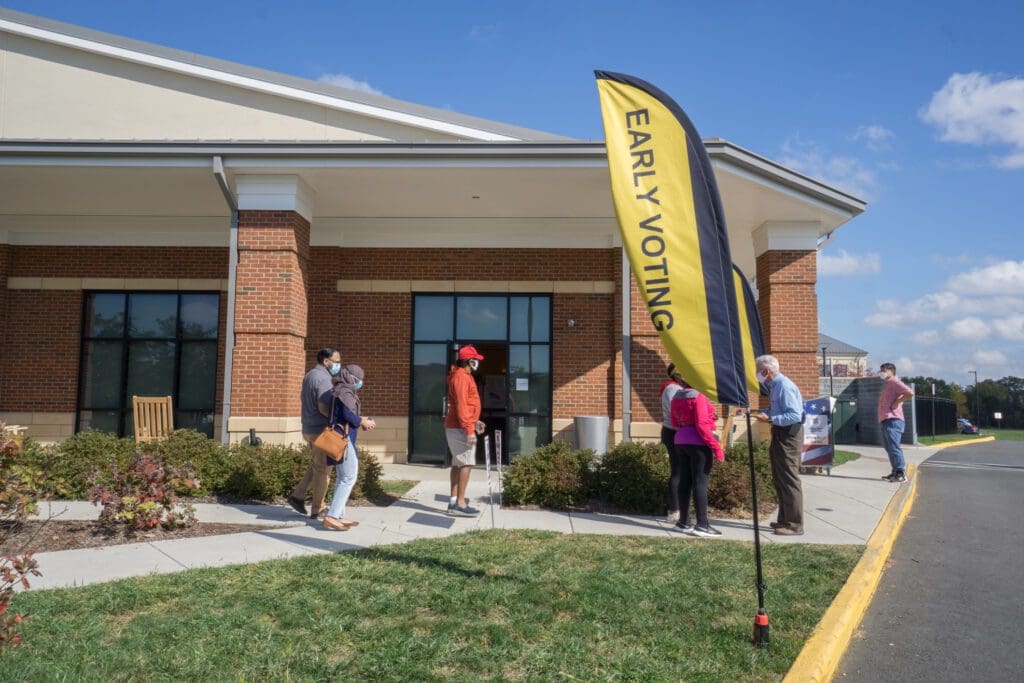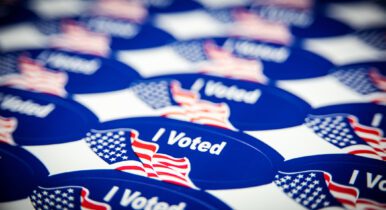Predicting Turnout in 2024

Democratic data firm Clarity Campaign Labs is out with a first draft of its 2024 General Turnout model and while it’s too early to make too many comparisons to the 2020 electorate, one topline should give practitioners food for thought.
“I think that everything points to lower [turnout] this time around,” said David Radloff, who co-founded Clarity back in 2012.
Now, he’s quick to add that “we’re not talking massively lower,” because it is, after all, a hugely important presidential cycle. But it’ll be interesting to see how that early turnout prediction plays out when the issue set for the next year comes into clearer view.
In 2020, turnout surged among both Republicans and Democrats. In total, just shy of 67 percent of elgible voters cast a ballot in the last presidential election, according to data from the Census Bureau. That was a sizable jump from 2016, so the initial expectation of marginally lower turnout in ’24 isn’t all that surprising.
Clarity’s newly-released model is just a first draft with rolling updates expected as November 2024 approaches. And one of the things that its accuracy depends on is just how well Radloff and his team predict which voters are actually in their current location next fall.
“It’s, frankly, building in a probability of their turnout that they’ll move. And that disproportionately focuses on populations that tend to move more — young voters in particular,” Radloff said. “And so right now [that] would lead a certain set of young voters to actually have a lower score and a lower probability of turning out.
But if a year from now that same voter is still at their address, the model update a year from now should handle that differently because there’s only a month or so left before the election so they’re much less likely to move.”
In fact, Radloff said this 2024 turnout model, which is based on data from the TargetSmart voter file and additional Clarity analytics fields, breaks from previous presidential models that didn’t alter a voter’s “high probability” of moving into account.
In the past, Radloff noted there was “a set of young voters whose turnout scores were potentially artificially low because they were actually likely to vote, but they were being dragged down by their probability of moving because they were young, which is a subtly different thing and should be handled differently when you’re a little bit out from the election.”
That sort of tweak could help clients like pollsters who use these models for their weighting and sampling.
“Self-reported turnout screens are really not very accurate because when you match those up to whether people actually vote, you get incorrect information on both sides. And so I think the turnout model can be much more helpful for poll waiting and sampling than relying on … just traditional vote history screens,” he said. “This model takes into account all of the factors and the demographic factors, and then also isn’t subject to the challenges of self-reported data.”
Want to make your own prediction for how the electorate will look in ’24? Clarity has a tool (for clients) that lets folks become their own data guru and create different turnout scenarios based off of adjustments to the baseline model. Just keep in mind that voters might move.

